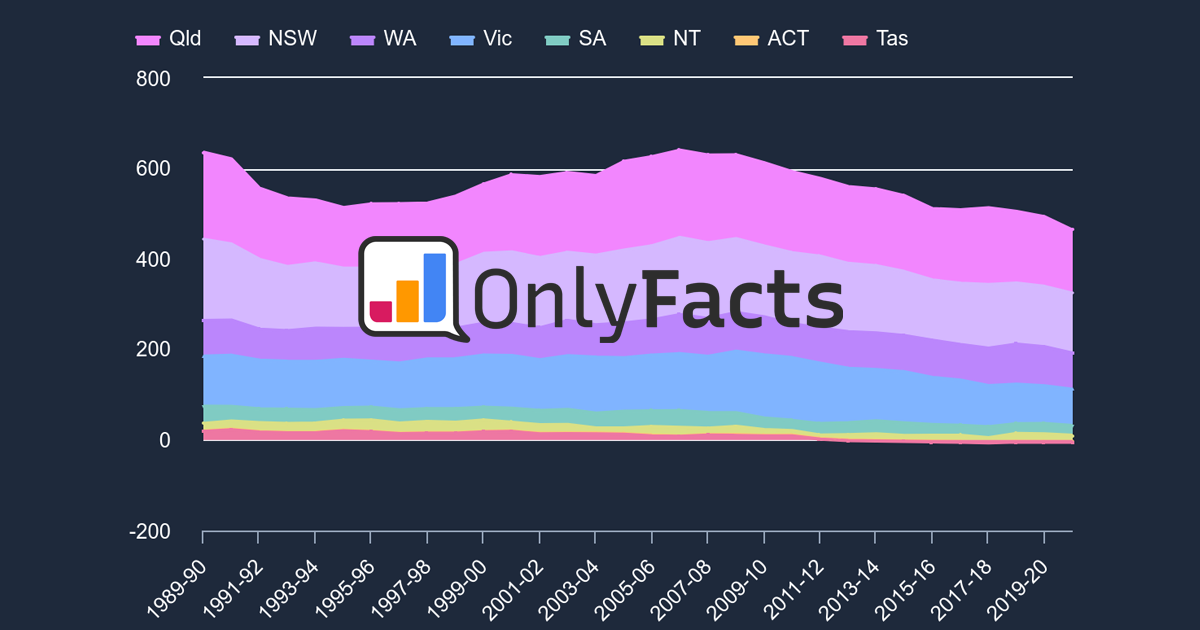* Mt CO₂-e = Million Tonnes of Carbon Dioxide equivalent.
Australia
Emissions
Emissions Revisions Carbon Credits Corporate Sector Electricity TransportEnergy
Energy Renewables Solar Installations Fuel Imports & ExportsTransport
Transport Electric Vehicles Fuel
